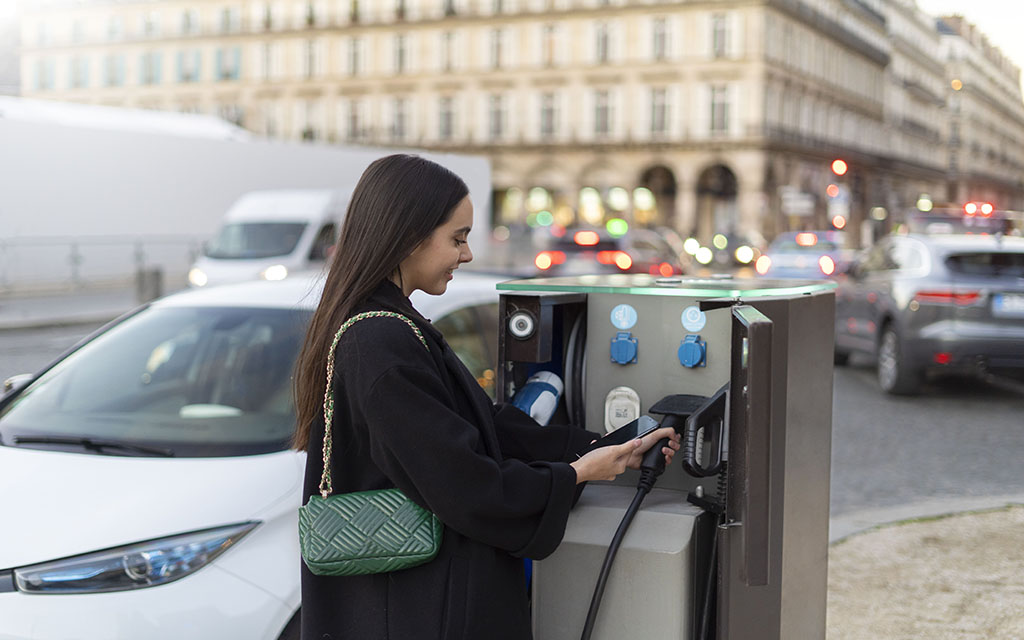The Ultimate Guide to Using EV Charging Stations
As electric vehicles become more popular, it's important to know how to use EV charging stations. Whether you're at home, work, or on the road. This guide will walk you through the process of charging your electric vehicle and getting back on the road. From finding charging stations to understanding charging speeds, we've got you covered.
Types of EV charging stations.
There are three main types of EV charging stations: Level 1, Level 2, and DC fast charging. Level 1 charging uses a standard 120-volt household outlet and can take up to 20 hours to fully charge an electric vehicle. Level 2 charging uses a 240-volt outlet and can fully charge an electric vehicle in 4-8 hours. DC fast charging uses a high-powered charging station and can charge an electric vehicle up to 80% in as little as 30 minutes. It's important to know which type of charging station is available before you start charging your electric vehicle.
How to find EV charging stations.
There are several ways to find EV charging stations. One option is to use a mobile app or website that shows the location of charging stations near you. Popular apps include PlugShare, ChargePoint, and EVgo. You can also check with your electric vehicle manufacturer or local utility company to see if they offer a charging station locator tool. Additionally, many public places such as shopping centers, hotels, and airports now offer EV charging stations. So keep an eye out for them while you're out and about.
How to use EV charging stations.
Using an EV charging station is simple and straightforward. First, park your electric vehicle in the designated charging spot. Then, plug the charging cable into your vehicle's charging port. Finally, activate the charging station using either a mobile app or RFID card provided by the charging network. Once the charging session is complete, unplug the cable from your vehicle and the charging station. It's important to note that some charging stations may have different instructions or require payment. So be sure to read any signage or instructions provided at the station.
Charging times and costs.
The charging time and cost for using an EV charging station can vary depending on a few factors. The type of charging station, the size of your vehicle's battery, and the charging speed all play a role in determining the time and cost of a charging session. Generally, Level 1 charging (using a standard household outlet) is the slowest and least expensive. While Level 3 charging (also known as DC fast charging) is the fastest and most expensive. It's important to research the charging options available in your area and plan accordingly to ensure you have enough time and budget for your charging needs.
Tips for maximizing your EV's range.
Maximizing your EV's range is important for getting the most out of your vehicle and reducing the need for frequent charging stops. One way to do this is by driving efficiently, which means avoiding sudden accelerations and braking, maintaining a steady speed, and using regenerative braking when possible. Additionally, reducing the load on your vehicle by removing unnecessary items and keeping your tires properly inflated can also help improve your EV's range. Finally, planning your route ahead of time and using apps or websites that show the location of charging stations can help you avoid running out of power on the road.
